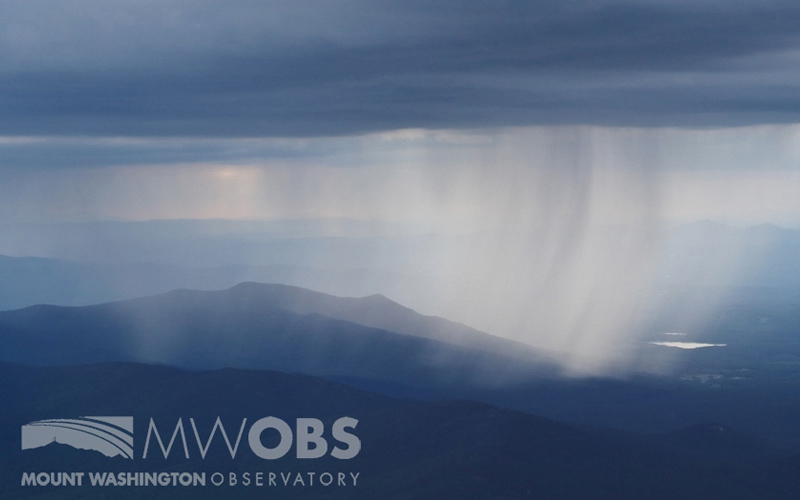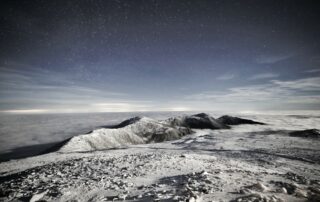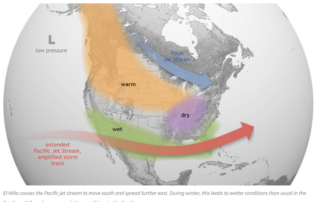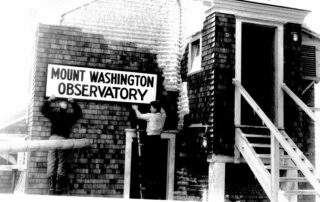Citizen Science Puts Weather Reporting in Your Hands

Ryan Knapp, Weather Observer & Meteorologist
2023 By The Numbers
2023 by the Numbers By Ryan Knapp January has arrived, a time to not only look forward to what might occur in the coming year, but also look back and reflect on the previous year. Looking back at weather stats, I would summarize 2023 weather conditions
Snow on the Way
Snow on the Way By Alexis George After a December to remember (or forget, depending on your preferred weather), in which much of the Northeast experienced warm temperatures and a snowfall deficit, it finally looks like snow is on the way! A strong El Nino pattern
The Shared History of AMC and the Mount Washington Observatory
The Shared History of AMC and the Mount Washington Observatory By Matt Morris | December 13, 2023 Courtesy of the Mount Washington Observatory Library. April 11, 1934: It was relatively warm on the summit of Mount Washington. Below freezing, but not by much. But
Spring Weather Means it’s Time to Fly (or Hike)!
Spring Weather Means it's Time to Fly (or Hike)! 2022-05-10 08:24:31.000 - Sam Robinson, Weather Observer/Engineer As winter starts to lose its tight grip on the higher summits this spring, the Home of the
A Look Back at Measuring the Extreme Winds on Mount Washington
A Look Back at Measuring the Extreme Winds on Mount Washington 2022-04-12 12:03:50.000 - Adam Muhith, Summit Intern A range of the anemometers designed and used during the Observatory's history, shown above clockwise from
An Uncommon Commute to Study our Weather and Climate
An Uncommon Commute to Study our Weather and Climate 2022-03-23 14:27:15.000 - Jackie Bellefontaine, Weather Observer and Education Specialist One of the most common questions I’m asked as a Weather Observer is how my




